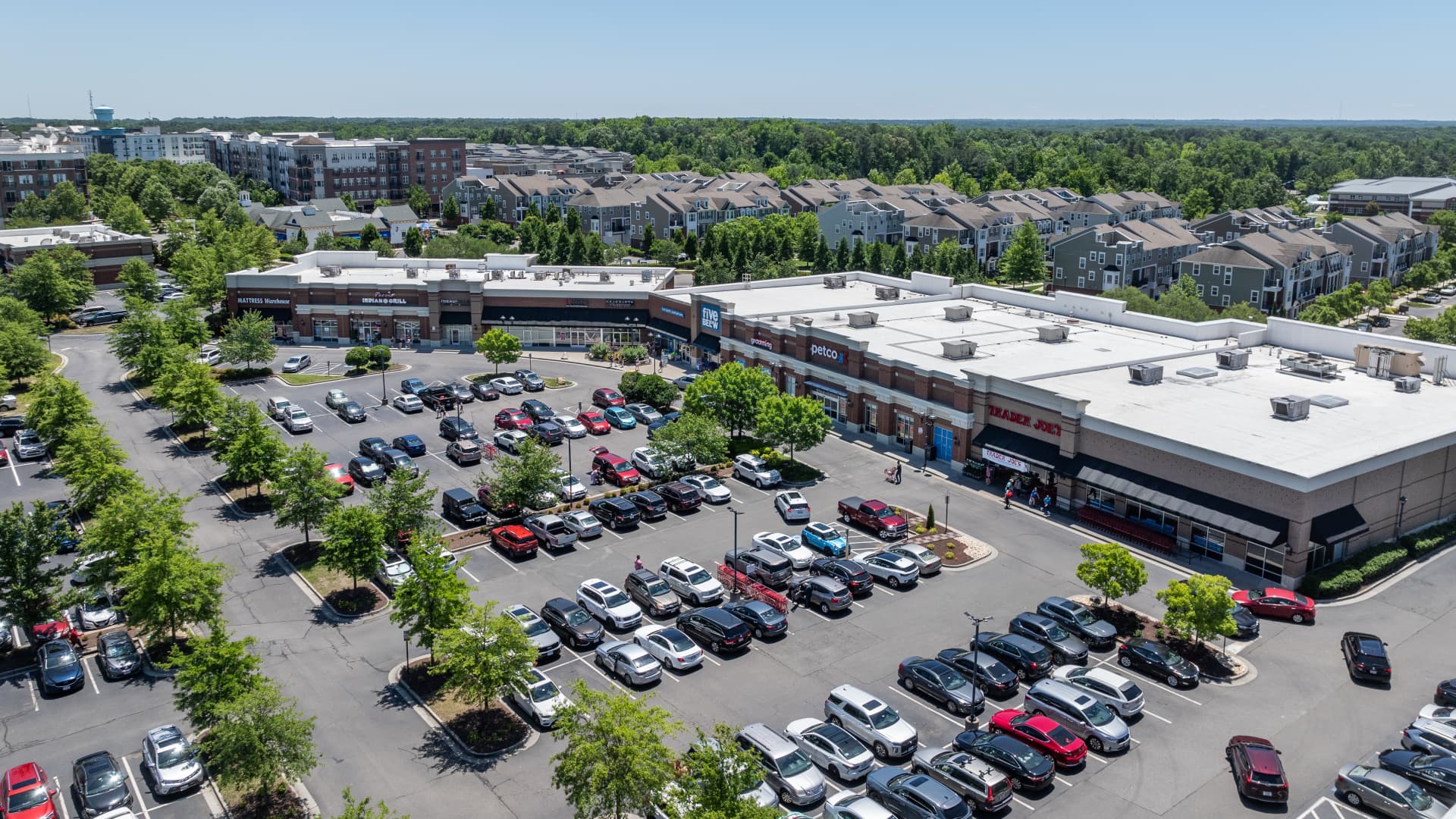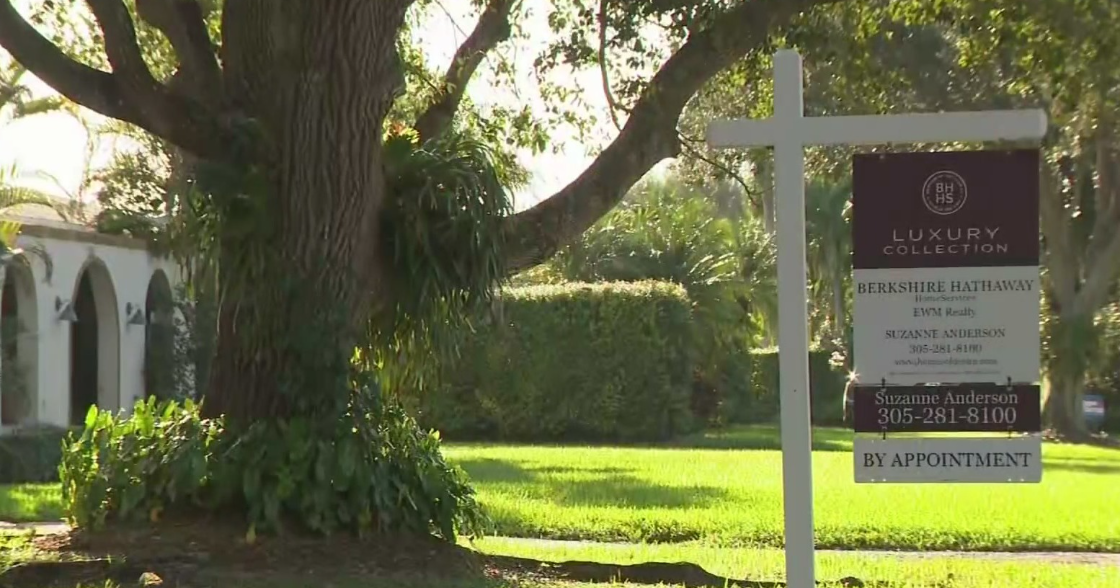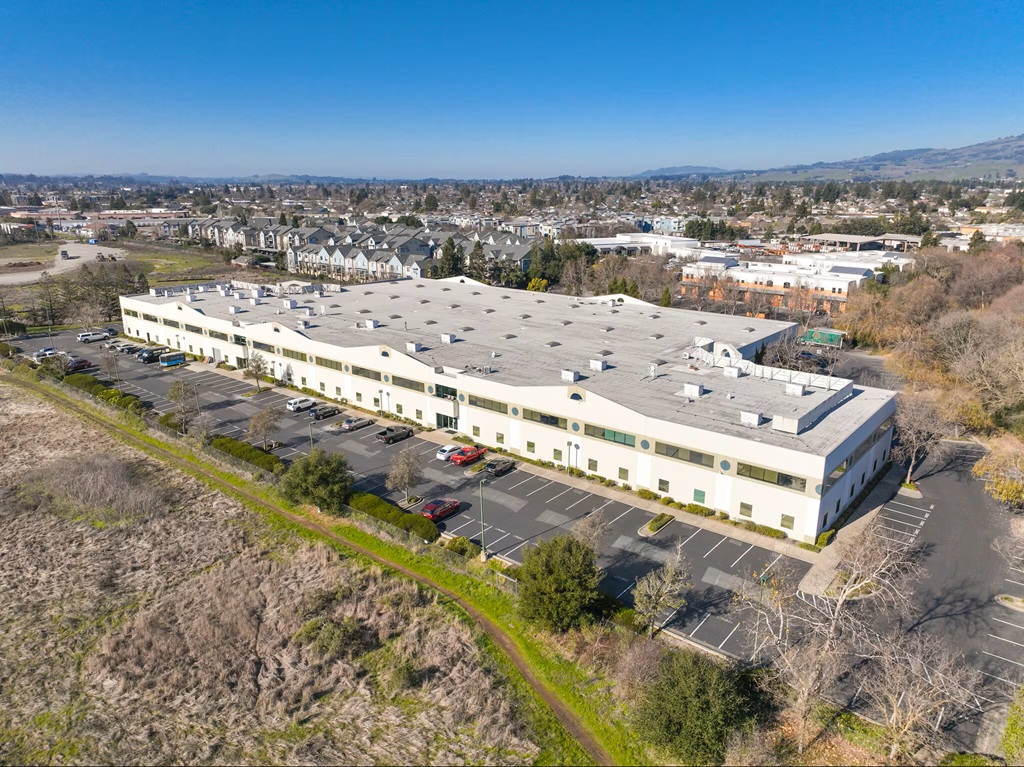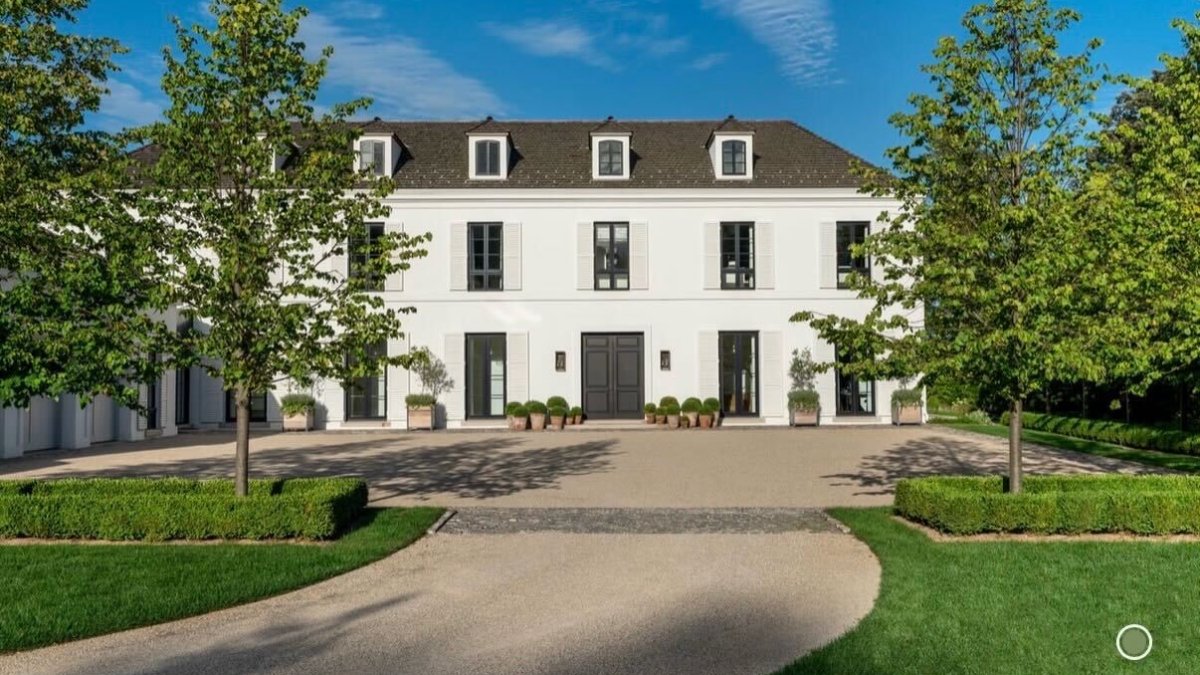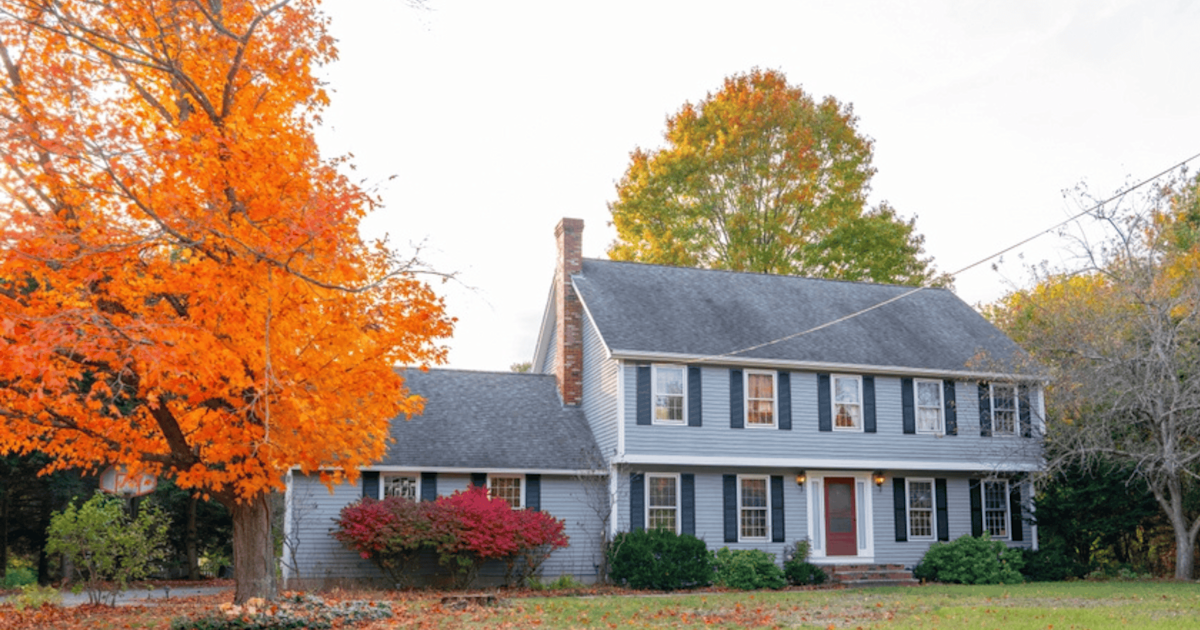R
ichmond, Virginia, hosts an open‑air strip mall that exemplifies a growing segment of retail real estate. Nuveen’s global real‑estate head, Chad Phillips, highlights this niche as a standout opportunity amid the broader sector’s turbulence.
Retail has endured a rocky path since the rise of e‑commerce and the COVID‑19 shock. While large indoor malls and big‑box centers have struggled, grocery‑anchored, open‑air strip centers have shown remarkable resilience. Phillips notes that vacancy rates in these properties fell from 7.8 % in early 2016 to 4.4 % at the start of this year, according to CoStar data. “They survived the pandemic and the Amazon effect,” he says, adding that occupancy in well‑located grocery‑anchored centers is now over 95 %. When a tenant exits, Nuveen can quickly replace it, thanks to strong demand.
The U.S. retail market had long been overbuilt, but e‑commerce forced developers to tighten supply, creating a current undersupply. Phillips points out that the capitalization rates for these properties are attractive, allowing investors to purchase well below replacement cost and achieve solid, risk‑adjusted returns. He prefers the “bite‑size” nature of these deals: they’re easier to sell and more liquid than larger malls.
Investor allocation to retail fell from over 30 % a decade ago to about 10 % because of weak returns. Yet in the past year, performance has improved, drawing renewed interest. Phillips reports that Nuveen has raised $1.4 billion of equity with leverage for convenience‑based retail, giving the firm over $2.5 billion of buying power in this space. “Investors are turning their heads,” he says.
Despite the gains, the sector is not risk‑free. After five years of steady demand and rent growth, fundamentals are softening. CoStar’s Brandon Svec notes that vacancy rates in grocery‑anchored, open‑air centers have risen for three straight quarters, though they remain near historic lows. Rent growth, once robust, has stalled this year, marking the weakest annual increase in more than a decade. Svec also highlights concerns about the broader economy, consumer confidence, and spending.
Phillips stresses the importance of careful property selection. Consumer confidence fluctuates, affecting foot traffic for coffee shops, salons, and other convenience tenants. He looks for locations with a stable customer base—households earning over $100 k, a large millennial, well‑educated demographic, and high savings rates that can weather unemployment spikes. Competition among investors is rising, but the low vacancy environment and steady crowds still allow for double‑digit returns.
Nuveen’s strategy hinges on convenience and proximity. “It’s all about being in the path of convenience,” Phillips says, underscoring why open‑air, grocery‑anchored strip centers remain a compelling investment in today’s retail landscape.
